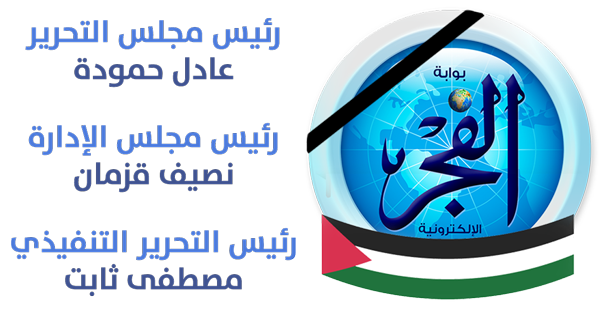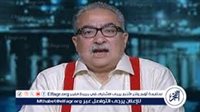Guardian: Arab graffiti: vandalism or art?
I was driving with my sister the other day in Cairo's ever-congested downtown streets. As we stopped at a traffic light, her eyes fell upon some stencilled graffiti and she frowned.
It wasn't so much the political message that bothered her but the fact that someone had chosen to spray-paint it on a wall. They are vandalising the streets, she said.
Ever since the uprising in Egypt last year, graffiti – from the crude to the artistic – have been flourishing. Wherever you turn, especially around Tahrir Square in Cairo, you see them – some just slogans, others full-scale murals.
The Arab spring has brought regime change, but also a whole new dimension of social freedoms – and one aspect of that is the spread of graffiti. But are Arab graffiti a form of art or an act of vandalism?
Arab societies are conservative, Ahmed Shitawey a middle-class engineer with a taste for art observed. At the same time, graffiti are a very controversial form of art, even in the most liberal societies.
In Tunisia, eL Seed describes himself as a calligraffiti artist (since he mixes Arabic calligraphy and graffiti). Graffiti are now associated with positive political action, so I think they have become acceptable on many levels. As an expression of the freedom that people have fought and died for, they have become a legitimised form of art for many, he said.
He recently finished spray-painting a wall in his hometown of Gabès. Not just any wall, but the wall of a minaret – the tallest minaret in Tunisia. It is a verse from the Qur'an that tackles intolerance. I wanted to counter the religion-v-art polemic currently taking place across Tunisia. Religion and art are not in conflict and have always been intertwined, he said.
His decoration of the Jara mosque in Gabès is taking Arab graffiti to the next level, not just for the sheer size, or that he is using the graffiti technique to adorn a minaret for the first time in the Middle East, or even that it has been widely acclaimed, but rather that a graffiti project on such a scale was sponsored by an art foundation based in the UAE, where graffiti are virtually nonexistent.
We are here to promote Arab art, and graffiti – in many ways – are a form of art, says Sultan Sooud Al Qassemi, an alternative media guru who is famous for his tweets about the Arab spring. Qassemi chairs Barjeel Art Foundation, which sponsored the graffiti installation in Tunisia.
When eL Seed approached me, I immediately jumped in. I think the graffiti installation in Gabès is a critical step to change people's perception of what graffiti are and can be, he said. We are not talking about foul language sprayed on an abandoned wall, but rather a true piece of art that leverages the society's sense of art, and sends a message of tolerance. A message that is much needed in post revolution Tunisia.
In the UAE, as in most of the Gulf countries, graffiti are looked down upon. Roving the streets of Dubai, the Middle East's most glamorous city, other than a handful of writings on the walls in backstreets and alleyways, the place is literally devoid of any graffiti.
Thinking of the reasons why, Qassemi said: We have grown used to super-clean walls. Even if you get all the authorisations required, whatever is going to be painted on that wall won't be accepted by the public; it contradicts a norm that people have got accustomed to.
So is cultural education the password for Arab graffiti to gain more ground?
Art appreciation is a matter of subjective nature; you might dislike that painting while I fall head over heels for it, Qassemi said. We can't educate people to like cubism and hate surrealism, for example, but we can attempt to educate them on how to taste art in the first place. Appreciation, or the lack of it, will naturally follow.
EL Seed takes a more pragmatic yet artistically cautious approach. Personally, I think it's a positive thing that universities are including graffiti in their curriculums as a subject to study, and that events are being built around graffiti-based projects, but we shouldn't forget that pure graffiti are a spontaneous act that cannot be taught, captured or tamed.
Whether it is Arab, American or Asian, this still largely clandestine medium of expression remains one of art's most controversial forms. While Arab graffiti are moving towards becoming an acceptable form of art in Tunisia, they are fighting a tougher battle on the streets of Cairo and are still considered unwelcome in other Arab countries, if not judged as an act of outright vandalism.








